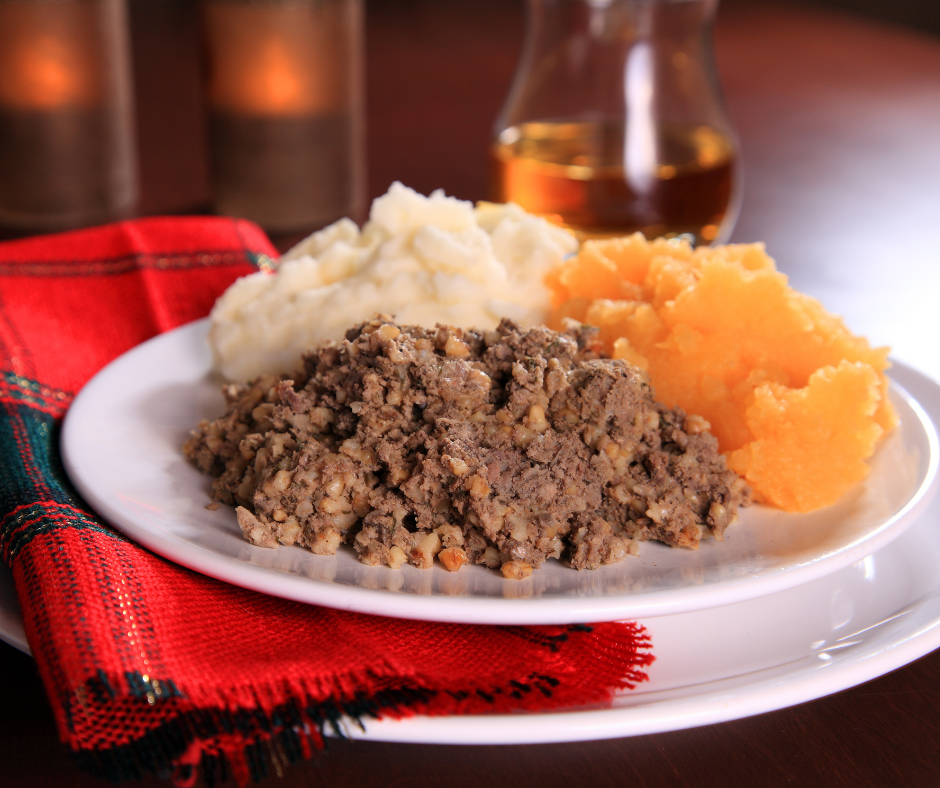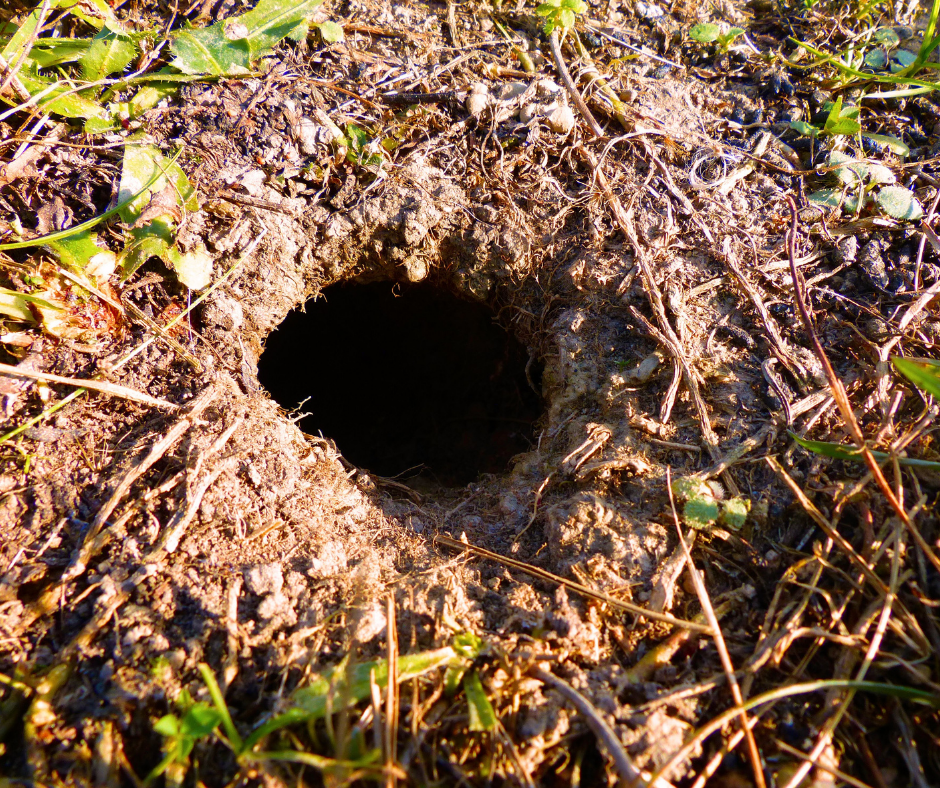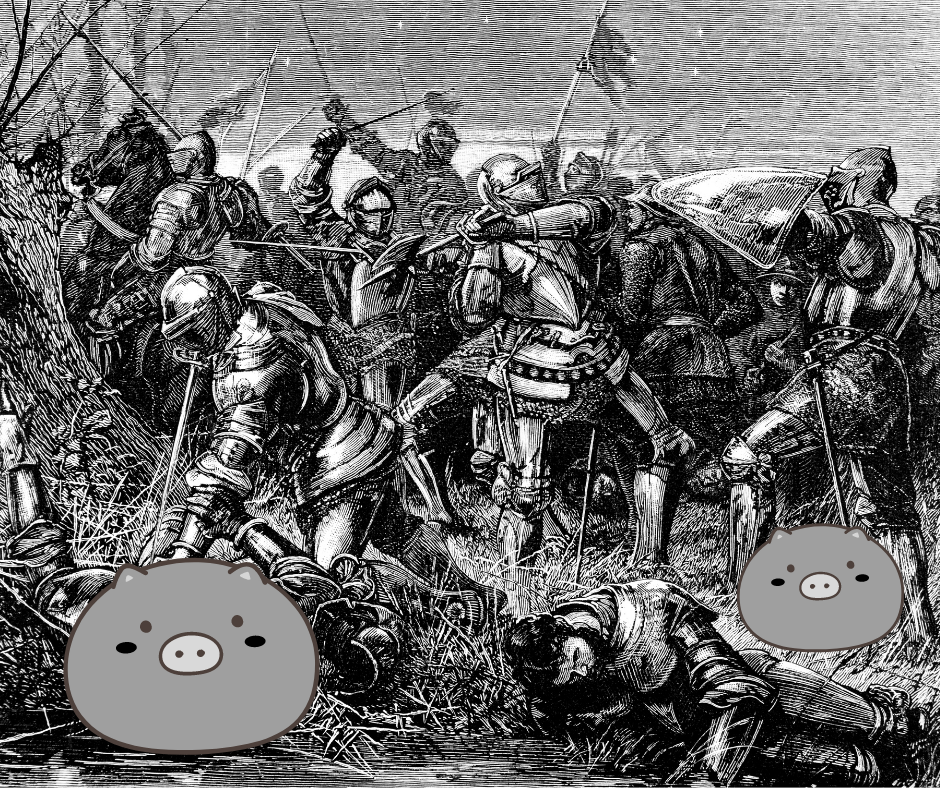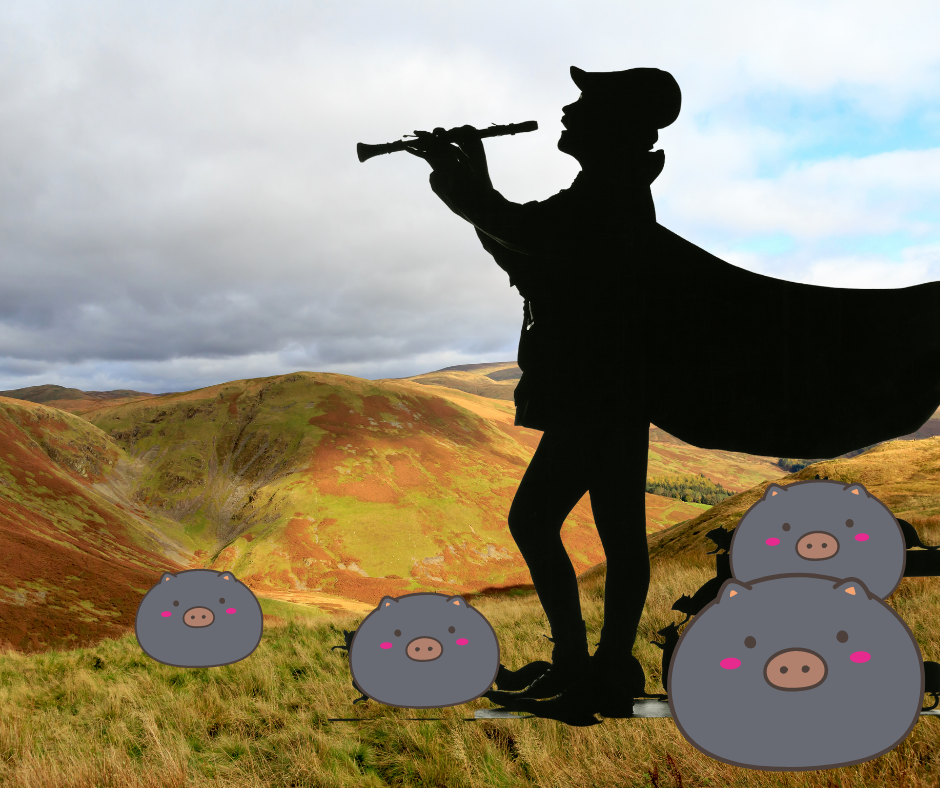Haggis: Foodstuff or Mysterious Scottish Creature?
This coming week in Scotland we will celebrate Burns Night. It’s a chance to learn more about the national bard, Robert Burns (more about him over the coming days!). It’s also a great excuse to get together during the darkest evenings of the year, to eat haggis, neeps, and tatties, drink whisky, recite poetry, and enjoy an evening of cultural celebration and good humour.
JOIN US! We’ll be having our Virtual Burns Supper on Google Meet, from 5.30pm EST on January 26th. Feel free to pour yourself a dram of something, grab your haggis (if you dare), and perhaps even prepare some shortbread – see our recent post for the recipe!
As we look forward to that, Kathleen wanted to introduce you to some essential cultural knowledge about Scotland. Today we are learning about… HAGGIS!

Haggis as Food
There’s an “official” story about haggis. You will learn that haggis is great peasant food, mostly chopped up offal with some oats and a lot of pepper – it’s fairly spicy, for Scotland – all stuffed into a sheep’s stomach and cooked until it’s ready to be paraded to the table, accompanied by bagpipes, where you read poetry to it, stab it aggressively so it spills out steamily, then serve up with neeps (turnip) and tatties (mashed potato). But that sounds far-fetched, right? Probably something we tell tourists. Wouldn’t you rather have the real scoop?
The Haggis: A Fascinating Creature
The haggis (plural: haggi) is a small rotund member of the rodent family native to the hills of Royal Deeside, who have gradually spread across Scotland, adapting as they move. They are natural mountain-dwellers, having two long legs on one side of their body and two shorter legs on the other. This means that a haggis is born with a need to move in one direction around the hillside only. Which side is dominant is genetically determined, with proportions being roughly equal, allowing the haggis herd (or “clan”) to hunt in both directions around the hill. They are fierce and wily hunters, imitating bird cries to lure their prey. Sadly, haggis hunters realized that it was easy to hunt the more gullible specimens by chasing them down onto the plain, where they would run around in circles.

The Haggis in Wartime
The haggi resisted taming, but were willing to cooperate with humans who soothed them with gentle musical stylings and kept them fed on their favorite snack – seagull. They are notorious ankle-worriers, and took it upon themselves to join with Bruce at the Battle of Bannockburn in 1314, playing their part in the victory. Rumour had it that they were jealous that the thistle had gained so much attention as the “Flower of Scotland” that repelled the Norwegians at the Battle of Largs in 1263, and hoped that defeating England would be an even greater achievement. Sadly, they miscalculated – in the general revelling and merriment after the battle their role was forgotten and they did not get their own song.

However, the delicious Doric haggis was known for occasional appearances in wartime, most recently at the Battle of Prestonpans where they accompanied the McHaggis clan into battle and seemed to really respond to their traditional battle cry, “FOOS YER DOOS”, a baffling Northeastern expression that translates as, “Greetings, good sir, and might I inquire as to the health of your pigeons?” Rumour has it that haggi will always come to Scotland’s aid when most needed. Indeed, the bagpipes are said to mimic the shape of the haggis, as well as the cries they make in combat. However, they have yet to turn up when Scotland is playing England in international football competitions.
Clan McHaggis
How did this association with Clan McHaggis come about? Haggis charmers were persecuted in the witch-hunts of the late sixteenth century, and found refuge in the Highlands thanks to an eccentric laird with a vision to employ the fearsome reputation of the haggis in menacing surrounding clans. It is unclear what the original clan name was, as subsequently even the Campbells wouldn’t claim them, but they entered regional significance under the name McHaggis.

Haggis charmers are much in demand in more remote areas by those who reject the claims of haggis farmers and insist that only the wild haggis will do for flavour and nutrition, though their delicate flute noodling is sadly drowned out these days by the Aberdeen bypass road, so they do not enjoy much success in pursuit of the Doric haggis. They have far greater success in the quieter valleys of the Southwest, where vegetarian haggi live.
The Last McHaggis: A Mystery
The last of the McHaggis clan, Bruno Archibald Dougal Drambuie McHaggis of Glenfiddich, was present at the Scotland National Football Team’s glorious victory over England at Wembley Stadium in 1967, where he argued that as the first team to beat the reigning World Champions that made Scotland the champions now. He seemed in high spirits, apparently missed his train north, and was never seen again. Rumours abound that he made his way to South America where he lived a reclusive and occasionally musical life with new rodent friends, but we don’t talk about Bruno. No, no, no.
Believe Us?
Hopefully you feel better informed about the place of the haggis in our cultural pantheon, and if you don’t believe any of this, see the earlier “official” version… As cute as they are, we can’t recommend the haggis as a pet. They require a lot of food, tend to bite, and are notorious for pulling legs.

